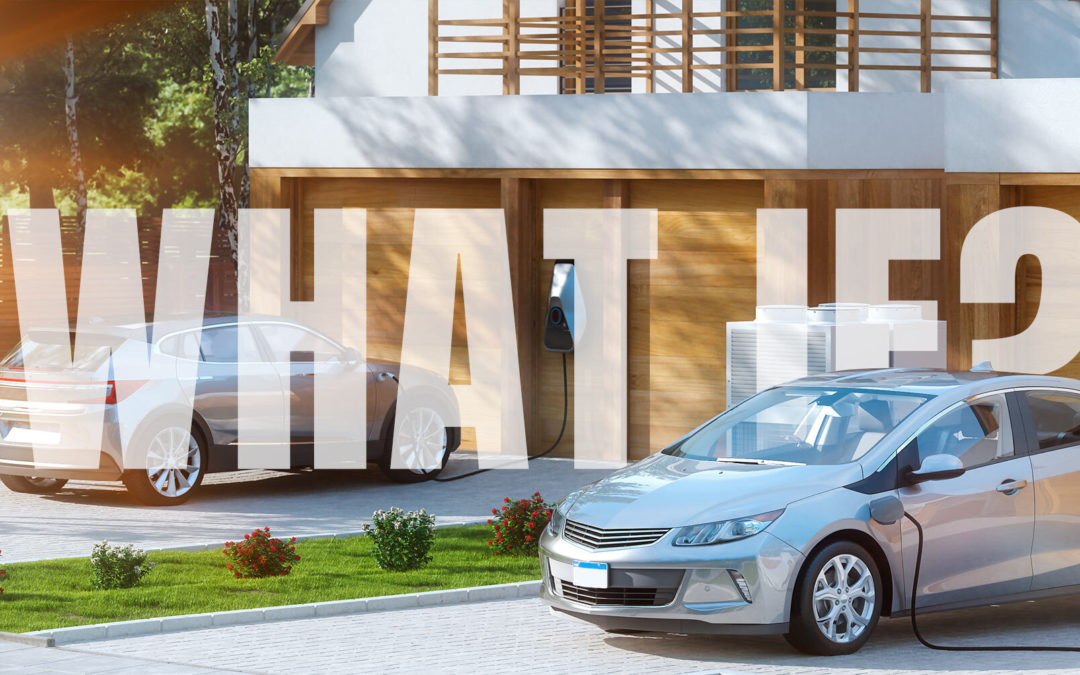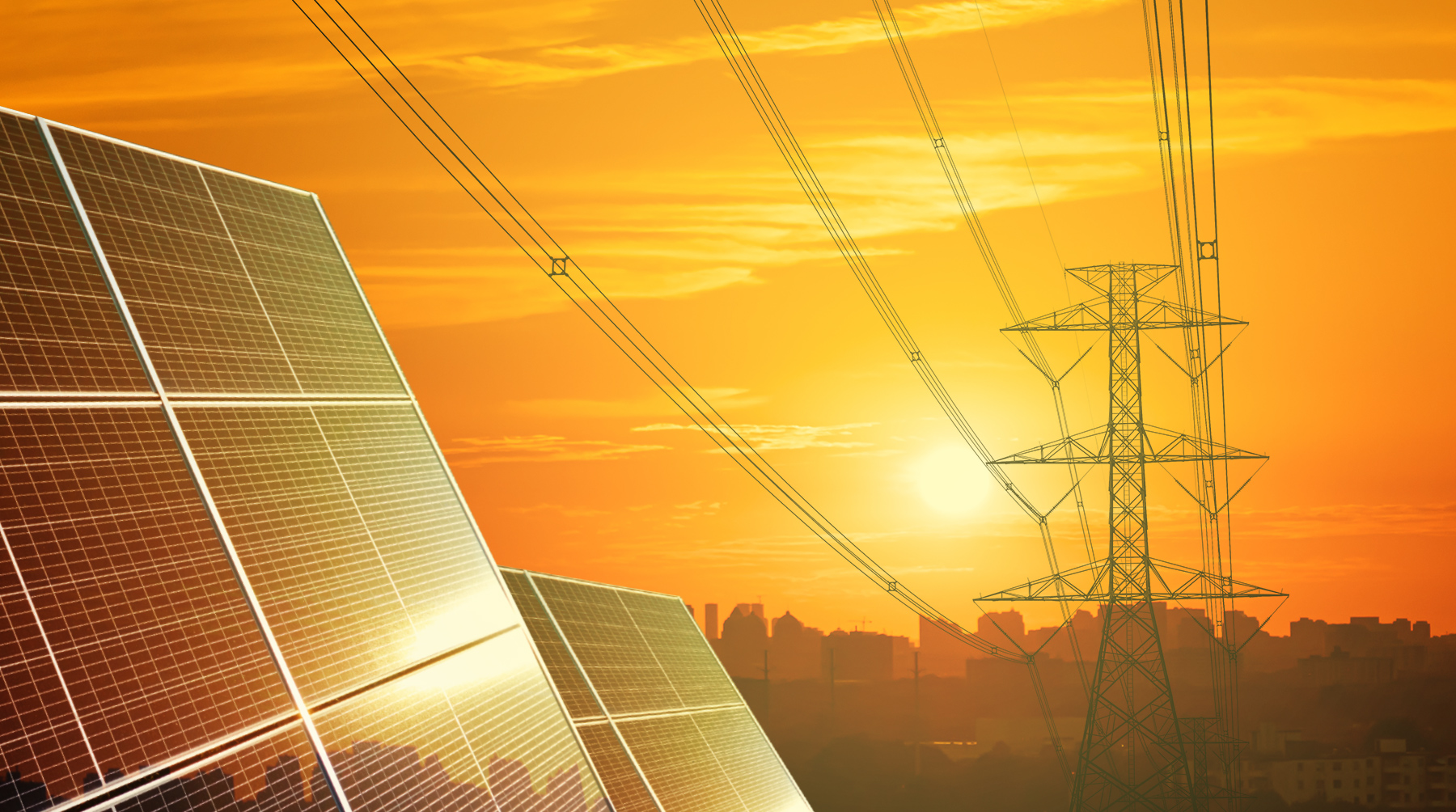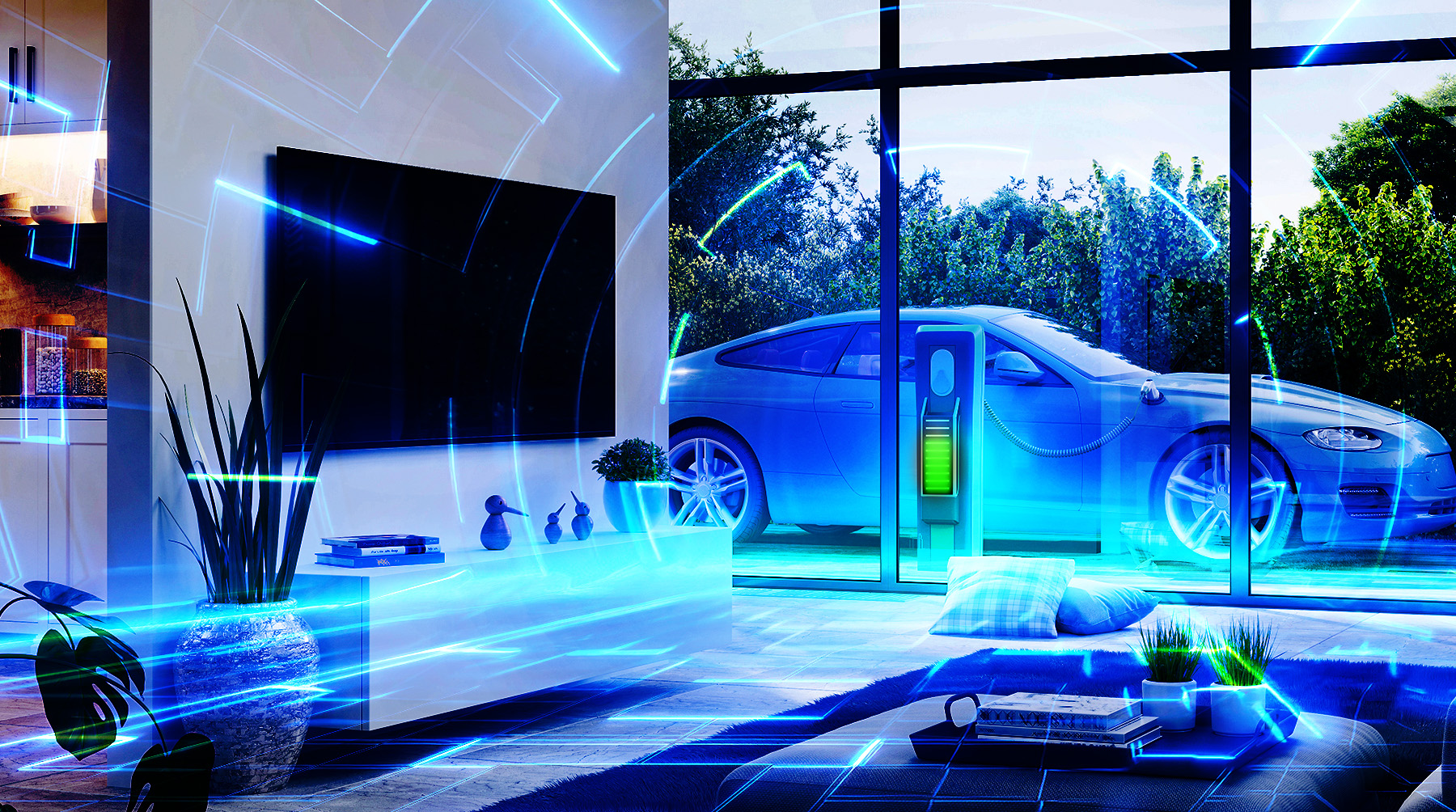What if Australia’s adoption of electric vehicles (EVs) was like Norway’s?
The Scandinavian country offers a blueprint we could follow to slash our pollution levels while keeping drivers on the road. Unlike many governments, which take a piecemeal approach to encouraging the switch to EVs, Norway’s strategy has been comprehensive. It provided tax concessions for electric car buyers, along with bus lane sharing, free parking and toll reductions to get people across the line. Once EV use reached critical mass, they returned to full price. Norway is also in the enviable position of having a robust renewable energy market generally. Close to 90 per cent of its electricity comes from renewable hydro.
While we do a little bit to incentivise the purchase of EVs, these efforts are offset by things like taxes per kilometre in Victoria and South Australia. Our renewables market is also heavily biassed towards solar generation, unlike our Scandinavian counterpart’s.
Fortunately, Norway has shown us there are several things we could be doing better to get more EVs on the road. To begin with, we need better regulatory support for electric cars. At the moment, price is a major barrier for many Australians. Regulators could change that by offering more generous concessions for EV buyers. Unlike places such as Korea and the United States, Australia is missing out on many of the top-spec models because demand for EVs is too low. If regulators were to reduce the upfront cost, a lot of the other barriers – like lack of competition or choice – would cease to be an issue.
Beyond price, we also need to follow Norway’s lead by increasing the availability of charging stations. Tesla has expanded its Australian charger network in the past couple of years, but owners of other models of EV don’t have as many options. Often, there’s also a perception that chargers are scarce because they’re hidden behind shopping centres or at the back of community car parks. Local governments could easily fix these problems by making more land available for charging stations and going one step further by offering free parking.
While these measures would definitely increase the uptake and use of EVs in Australia, we’d also need to make sure widespread use of the cars wouldn’t overload our grid. Norway doesn’t have this problem because of its heavy reliance on pump hydro, which is available 24/7. In a post-COVID world, however, if EV users in Australia are coming home from work and plugging into power at the same time each evening – when solar generation is low – we risk putting extraordinary pressure on the grid. One solution would be investing more heavily in lithium batteries (both residential and commercial), which could help us store our solar energy and use it on demand. Another solution would be to change consumer patterns by incentivising people to charge their EVs at non-peak times or run their car without having it fully charged. The latter is a paradigm shift we’re starting to see in other parts of the world as the range of EVs increases.
With the right approach, it’s likely we’ll see many more EVs on Australian roads and it’s likely their role in the renewables ecosystem will grow over time. Excitingly, we’re on the cusp of unlocking what’s called vehicle to grid – or V2G – which allows EV drivers to use their car battery as grid storage. For example, if you’ve got a solar-powered house, you could charge your car and when it’s full, send excess power to your home. Essentially, the household car would become a domestic battery in addition to being a means to get from A to B. These developments would make EVs much more enticing to the Australian market and could bring us closer to Norway. By 2030, these changes should be well within our reach.




